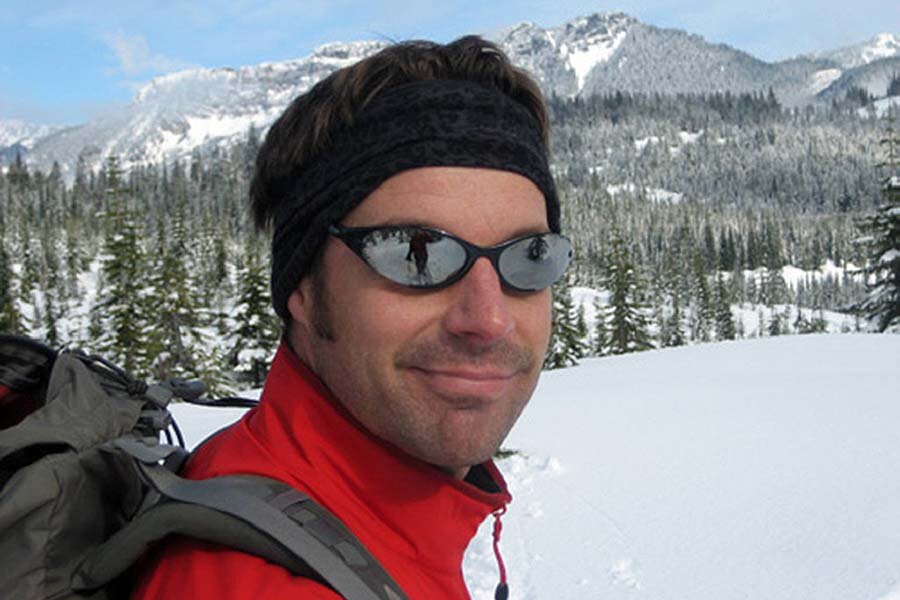Mount Rainier missing climbers were experienced, traveled far
Loading...
| OLYMPIA, Washington
The climbers who likely died on snow-capped Mount Rainier in Washington state this week traveled from as far as Singapore and Minnesota to ascend the glaciated peak.
The 14,410-foot (4,392-meter) mountain, southeast of Seattle, is popular with climbers of all abilities, but the victims in last week's climbing accident — two guides and four clients — were experienced climbers who were taking on a more technical and challenging route.
The identities of the two guides from Seattle-based Alpine Ascents International were released on its website Monday. The company andMount Rainier National Park have refused to release other names, citing privacy issues, but family members and colleagues have released details on three other climbers.
Intel Corp. spokesman Bill Calder confirmed Monday that his colleague Uday Marty, a vice president and managing director of Intel in Southeast Asia, was among the group of climbers.
Marty, who was based in Singapore, was "widely loved and respected at this company," Calder told The Associated Press.
"We are most definitely mourning his loss here," he said.
According to his biography on Intel's website, Marty, 40, managed sales and marketing in the region and had previously managed global notebook marketing out of the company's headquarters in Santa Clara, California. He joined the company in 1996.
"He was a guy with a great attitude, and he always had a big smile," Calder said.
It's not known what caused the climbers to fall from their last known whereabouts at 12,800 feet (3,900 meters) on Liberty Ridge — whether it was rock fall or an avalanche. They were last heard from at 6 p.m. Wednesday when the guides checked in with Alpine Ascents by satellite phone. The group failed to return Friday as planned.
It's unclear whether the climbers were moving or camping at the time of the accident. Searchers located camping and climbing gear and detected signals from avalanche beacons buried in the snow at the top of the Carbon Glacier at 9,500 feet (2,895 meters) in elevation.
Park rangers and rescuers often are able to retrieve bodies within days of an accident, but sometimes it takes weeks or months, when conditions have improved and snow has melted on parts of the mountain.
But the six bodies may never be recovered because of the hazardous terrain, authorities say.
Alpine Ascents identified the two guides on its website. Matthew Hegeman, the lead guide, was described as intense and philosophical with a good sense of humor. Eitan Green, the other guide, loved his time in the mountains and was a strong leader and quick to smile, the website said.
The Seattle Times reported Monday that Seattle mountain climber John Mullally was one of the six who died. His wife, Holly Mullally, issued a statement Monday saying that she had previously been on climbs organized by the company.
"John was an amazing husband, father, friend, mountaineer, and all around human being," Holly Mullally wrote.
Rob Mahaney told The Associated Press that his 26-year-old nephew, Mark Mahaney, of St. Paul, Minnesota, was among those presumed dead.







